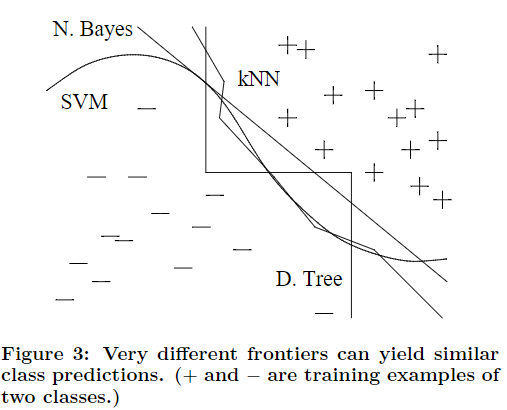5 Best Places to Read Research Papers
/Since I'm starting to read more and more research papers, I thought I'd give a small rundown on where I'm finding these papers. You can find a lot available for free, and the places below are my favorite ones to go to.
Arxiv
Arxiv (I believe it is pronounced "archive") is the most popular place to find research papers. There are several subsections but the ones to look at are machine learning and artificial intelligence. There is just so much you find here. In fact, there's so much there's an open source version of Arxiv called Arxiv Sanity.
GitHub
Yep, the main place to find code is also a great place to find collections of research papers. Here are just a few of those collections to get you started.
Papers We Love
Papers We Love are a community of people who like to read computer science papers and then talk about what they have read. It's like a book club for computer science research. While this isn't solely for machine learning or AI there are some papers that touch on those fields.
Machine Learning Papers
While this repository isn't the most up-to-date having papers from NIPS in 2016, they do link out to the GitHub repositories so you can access the source code along with reading the paper.
Deep Learning Papers
This repository has quite a lot of papers in it. It has them broken down by category such as natural language process and reinforcement learning. This doesn't have just papers, either. There are some links to video lectures and other blogs you can go to as additional resources.
Quick tip if you want to find more more GitHub lists that are curated, there's a lot of people who have lists of topics under the awesome badge. Doing a search for github awesome and then what you're looking for will yield some interesting results.
Google Scholar
This is more of a search than a list of articles, but you can find a lot here. You can even create alerts on keywords or by researchers you want to follow to see what they are citing.
Machine Learning subreddit
Reddit is always a good place to find a community in topics that you're interesting in. Machine learning and sharing interesting papers has a place there as well.
While I'm on the data science subreddit a lot, the machine learning one is great for research, projects, and discussions. Often times, on the research posts, you'll get some extra context from the comments which can be more valulable than the paper itself.
Tech Company Sites
Some of the big tech companies have their own research entities, such as Google's Deep Mind, Microsoft Research, and Facebook Research. Often times, they'll publish their papers on their sites for anyone to access. Even better, sometimes they'll put out a blog post that highlights what a paper is about and will include some more feature rich graphics to go along with it that you can't always put into a research publication to help you understand what's going on in the paper.
Specific Journal Sites
There are some interesting journals that tailor specifically for publishing your work. Like ArXiv, all of the papers here are free to access. You have the Journal of Machine Learning Research which is specific to only machine learning topics. The Journal of Data Science which encompasses the huge field of data science, which you'll probably see a lot of statistics papers in here as well. And then there's the R Journal which has papers where the code was specifically written in R, so you may have more statistics topics in here, as well.
Hopefully, with these resources you'll be able to find research papers that will keep you busy for quite a long time.


